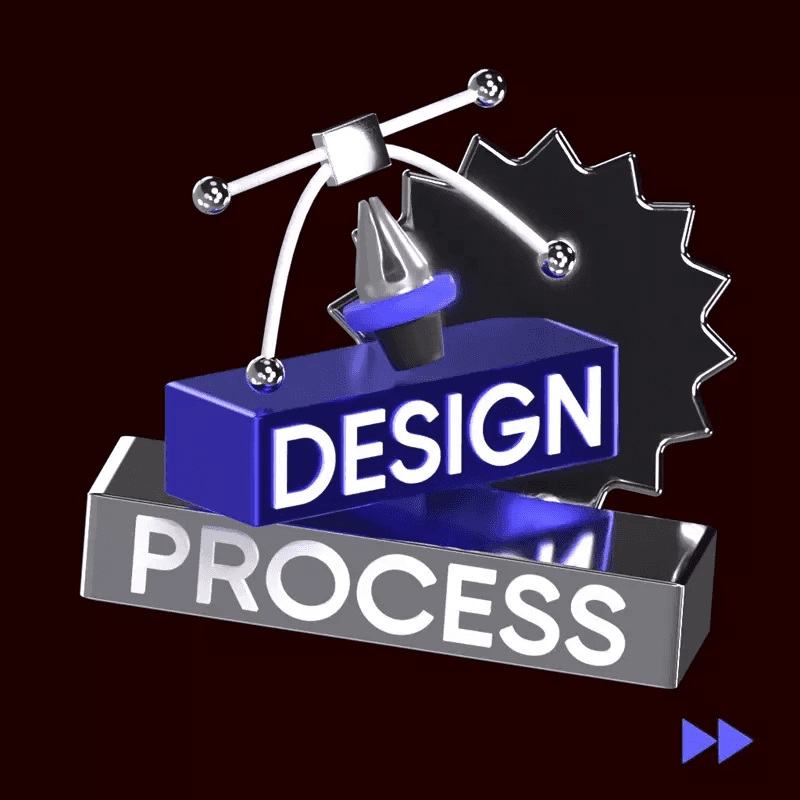Real-Time 3D Rendering
Real-Time 3D Rendering
Real-Time 3D Rendering
Real-Time 3D Rendering refers to the process of generating and displaying three-dimensional computer graphics in real-time. It involves creating lifelike and interactive visuals that can be rendered and updated instantaneously, allowing for seamless and responsive user experiences. This technology is widely used in various industries, including gaming, virtual reality, augmented reality, architecture, and product design.
Real-Time 3D Rendering utilizes powerful graphics processing units (GPUs) to perform complex calculations and transformations on 3D models, textures, and lighting effects. These calculations are executed at incredibly high speeds, typically ranging from 30 to 60 frames per second, to ensure smooth and fluid motion. The real-time aspect of rendering is crucial for applications that require immediate visual feedback, such as video games or virtual simulations.
One of the key components of Real-Time 3D Rendering is the rendering pipeline. This pipeline consists of several stages that transform 3D data into the final rendered image. The stages include geometry processing, where the 3D models are transformed and organized for rendering, followed by rasterization, which converts the 3D geometry into 2D pixels. Next, shading and texturing techniques are applied to add realistic lighting and surface details to the objects. Finally, the rendered image is composited with other visual elements and displayed on the screen.
Real-Time 3D Rendering also involves the use of various rendering techniques, such as ray tracing, rasterization, and global illumination. These techniques enhance the realism of the rendered scenes by simulating the behavior of light and its interaction with objects. Ray tracing, for example, traces the path of light rays in the scene to accurately calculate reflections, refractions, and shadows. Rasterization, on the other hand, converts the 3D objects into a grid of pixels, allowing for efficient rendering on modern GPUs.
The advancements in Real-Time 3D Rendering have revolutionized the gaming industry, enabling the creation of highly immersive and visually stunning games. It has also facilitated the development of virtual reality and augmented reality experiences, where users can interact with virtual objects in real-time. Additionally, Real-Time 3D Rendering has found applications in architectural visualization, allowing architects and designers to create realistic virtual representations of their designs before construction.
In conclusion, Real-Time 3D Rendering is the process of generating and displaying lifelike three-dimensional graphics in real-time. It involves complex calculations, rendering pipelines, and various rendering techniques to create interactive and visually appealing experiences. This technology has had a significant impact on industries such as gaming, virtual reality, and architecture, providing users with immersive and realistic visualizations.
15,000+ customizable 3D design assets
for UI/UX, website, app design and more


quote post


Information post


marketing post
Sign up for free
View All
A
B
C
D
E
F
G
H
I
J
K
L
M
N
O
P
Q
R
S
T
U
V
W
X
Y
Z
#
View All
A
B
C
D
E
F
G
H
I
J
K
L
M
N
O
P
Q
R
S
T
U
V
W
X
Y
Z
#
View All
A
B
C
D
E
F
G
H
I
J
K
L
M
N
O
P
Q
R
S
T
U
V
W
X
Y
Z
#
Tools
Create
Tools
Create